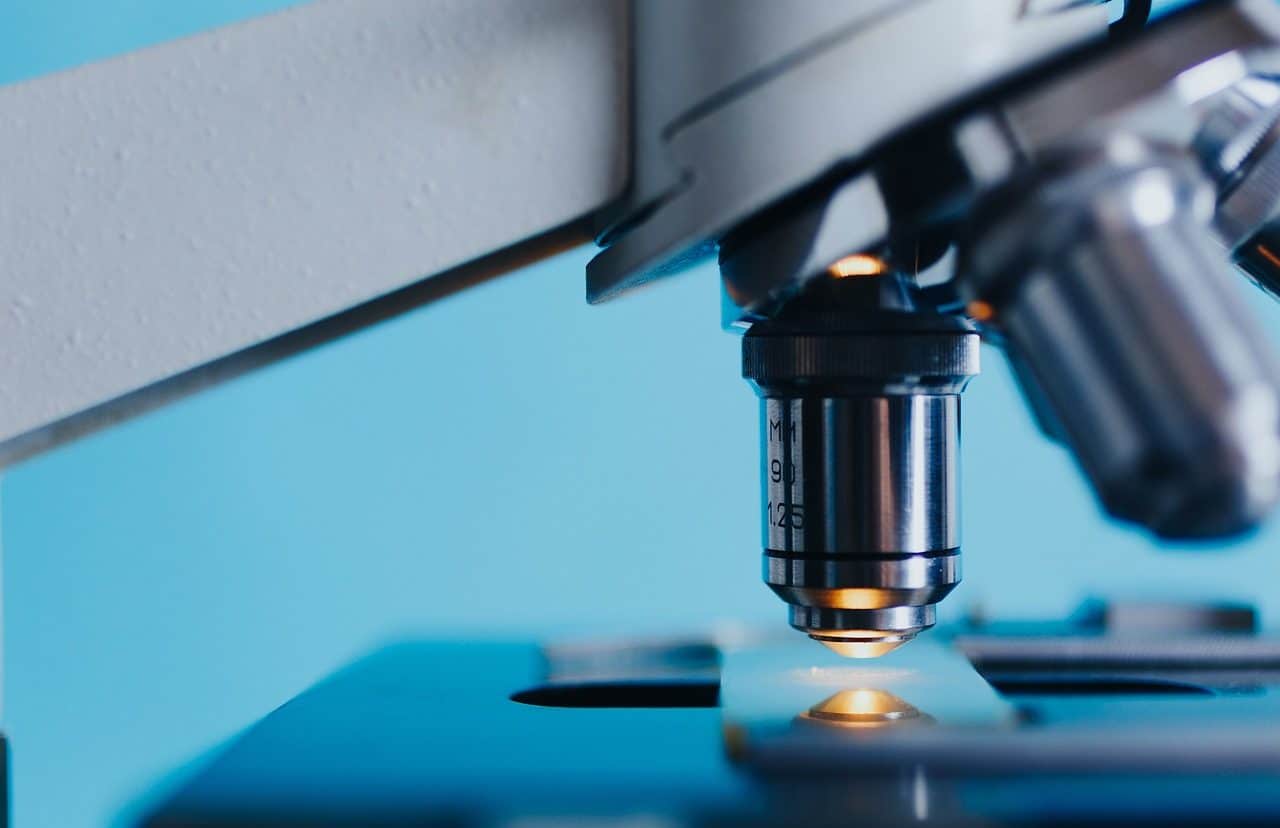
The transmission of genetic information between generations is known as genetic inheritance .
Genetic inheritance is the transmission of genetic information from one generation to another. Genes are segments of DNA that contain instructions for protein synthesis and play a crucial role in determining the heritable characteristics of organisms.
The history of the study of genetics has its roots in the work of Gregor Mendel , a 19th-century Austrian monk and scientist. Mendel conducted experiments on peas and developed laws describing the inheritance of specific characteristics across generations. He established fundamental concepts such as alleles and demonstrated how certain traits are inherited in predictable ways.
In the 20th century, technological advances allowed for a deeper understanding of genetics. The structure of DNA was discovered by James Watson and Francis Crick in 1953, leading to the development of molecular biology. Since then, genetic engineering, human genome sequencing, and other advances have greatly expanded our understanding of genetic inheritance and its impact on health, evolution , and biological diversity. Genetics has become a key discipline in biology and has had a significant impact on medicine and biotechnology .
DNA (deoxyribonucleic acid)
DNA is a molecule with a double helix structure. It is made up of two chains of nucleotides that intertwine, forming this iconic helical shape. Each nucleotide consists of a phosphate group, a deoxyribose sugar, and one of four nitrogenous bases: adenine (A), thymine (T), cytosine (C), and guanine (G). The specific structure of the bases allows the formation of specific pairs: adenine binds to thymine through two hydrogen bonds, and cytosine binds to guanine through three hydrogen bonds.
DNA stores genetic information and acts as a blueprint for protein synthesis and regulation of cellular activity. DNA replication allows for the precise transmission of genetic information during cell division , ensuring that each daughter cell inherits an identical copy of the genetic material.
RNA (ribonucleic acid)
RNA is a single-stranded molecule that uses ribose as a sugar instead of deoxyribose present in DNA. Like this one, RNA consists of nucleotides , but in this case, the nitrogenous bases are adenine (A), uracil (U), cytosine (C) and guanine (G). There are several types of RNA, including messenger RNA (mRNA), ribosomal RNA (rRNA), and transfer RNA (tRNA).
RNA plays a crucial role in protein synthesis . Messenger RNA carries genetic information from DNA to ribosomes , where it is used as a guide to assemble proteins. Ribosomal RNA and transfer RNA are essential components of ribosomes, the cellular structures responsible for protein synthesis.
gene
A gene is a specific sequence of nucleotides in DNA that encodes the information for the synthesis of a protein or, in some cases, functional RNA molecules. Genes are the fundamental units of heredity and genetic variability .
Each gene has a specific location on a chromosome and occupies a location called a locus . Variation in genes gives rise to genetic diversity between individuals. Furthermore, gene expression, regulated by various mechanisms, determines how and when proteins are produced. Genes are transmitted from one generation to another during reproduction, thus contributing to the inheritance of specific characteristics.

DNA is a molecule made up of two intertwined chains of nucleotides.
Genotype and phenotype
Genotype refers to the complete genetic information that an organism has. It is the totality of the genes present in an individual's DNA, including specific alleles at each locus. Genotype is inherent and not always directly observable. It may contain information about inherited characteristics that are not physically manifest, such as recessive alleles that are only expressed in the absence of the corresponding dominant allele.
Genotype can be represented by letters and symbols that indicate the combination of alleles in an individual. For example, at a specific locus, an individual may have a homozygous dominant (AA), homozygous recessive (aa), or heterozygous (Aa) genotype, depending on the allelic variants present.
Phenotype , on the other hand, refers to the observable and measurable characteristics of an organism . These characteristics are the result of gene expression and the interaction of the genotype with the environment. The phenotype includes physical, physiological and behavioral aspects of an organism, such as hair color, height, the ability to metabolize certain nutrients, among others.
Unlike the genotype, the phenotype is directly visible and can vary significantly even between individuals with the same genotype. This is due to environmental influences and differential gene expression, where some genes may be active or inactive depending on specific conditions.
In summary, the genotype represents the total genetic information of an individual, while the phenotype refers to the observable characteristics resulting from the interaction between the genotype and the environment. The relationship between the two is complex and is influenced by a variety of factors, including heredity, epigenetics , and environmental conditions .

Gregor Mendel's experiments with peas led to great discoveries.
Mendelian genetics
Mendelian genetics is based on principles established by Gregor Mendel , an Austrian monk and botanist who carried out pioneering studies on the inheritance of traits in peas ( Pisum sativum ) in the 19th century. His experiments laid the foundation for the modern understanding of genetic inheritance and highlighted key concepts, including Mendel's laws, crossing, and hereditary patterns.
Let's see a brief definition of Mendel's Laws :
- law of segregation : the alleles of a pair of genes segregate during the formation of gametes . In other words, each organism inherits an allele from each parent, and these are separated during the formation of eggs and sperm;
- law of independent distribution : the alleles of different pairs of genes are distributed independently during the formation of gametes. This implies that the inheritance of one allele does not affect the inheritance of another, which provides the basis for genetic variability;
- law of dominance : in a pair of alleles, one may be dominant over the other. The dominant allele is expressed in the phenotype even if it is only present in one of the copies of the genotype, while the recessive one is expressed only when both are recessive.
In a monohybrid cross , a single pair of alleles is studied for a specific trait. Mendel performed many of these experiments with characteristics such as seed shape (smooth or wrinkled) and flower color (yellow or green). He also performed dihybrid experiments, which involve the simultaneous study of two pairs of alleles. This allowed us to observe how two characteristics independent of each other are inherited.
The results of Mendel's experiments revealed hereditary patterns that follow the aforementioned laws. The alleles segregate and distribute independently, giving rise to specific proportions in the offspring. These patterns include phenotypic ratios such as 3:1 in monohybrid crosses and 9:3:3:1 in dihybrid crosses.
